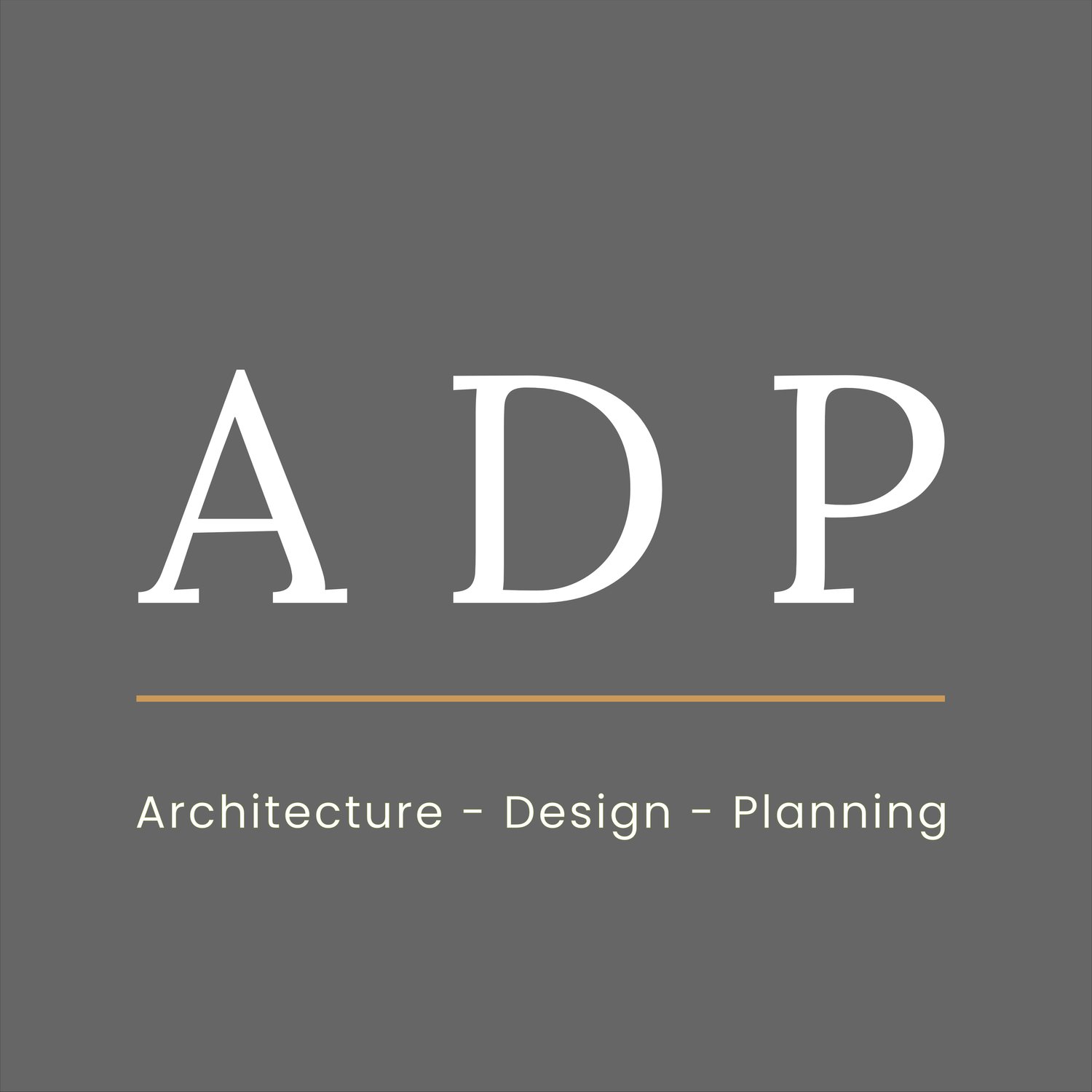Do you need planning permission for equestrian development?
Planning permission is a critical consideration when embarking on any equestrian development project.
Unlike some agricultural buildings, most equestrian structures and facilities require obtaining formal approval from local planning authorities before construction can begin.
Grazing horses may fall under permitted use, but structures for keeping, sheltering or breeding horses often require a separate planning approval.
Understanding when planning permission is required for your particular equestrian development is crucial. This article will provide an overview of when planning permission is needed for key equestrian projects and how to successfully navigate the process.
What Planning Use Class Is Equestrian?
The planning use class for equestrian activities is not straightforward and can vary depending on what is being proposed. The possible use class that equestrian could fall under include:
Agriculture - Keeping of horses for ploughing land, or as part of a stud farm or livery yard may fall within the definition agriculture, as defined by Section 336 of the Town and Country Planning Act 1990. In addition, the use of land for horse grazing could also fall within the definition of agriculture.
Class E(d) Indoor sport, recreation or fitness - Class E was introduced by the Business and Planning Act 2020. This use class includes activities that will come under indoor sports and recreation. With regard to equestrian, this could include an indoor riding arena or centres.
Class F2(c) Local Community - Class F2 was introduced by the Business and Planning Act 2020. This use class includes ‘an area or place for outdoor sport or recreation, not involving motorised vehicles or firearms’. This could include: Horse riding, jumping, dressage and other equestrian activities.
Sui Generis - Sui Generis means ‘of its own’. The keeping of horses within a stable and most other equestrian buildings and activities will fall under this use class.
When Planning Permission is Needed for Equestrian Development?
Grazing Horses vs. Keeping Horses
Simply grazing horses in a field generally falls under accepted agricultural use and does not require planning permission.
However, any facilities or structures for keeping, sheltering or breeding horses are likely to mandate approval.
Keeping horses involves more than just grazing - it often incorporates stables, shelters, yards, breeding and training facilities. These bring potential changes in use that require planning consent.
Types of Equestrian Developments Requiring Permission
Most permanent equestrian structures and facilities will need planning permission before being constructed or established. Common examples include:
Stables and barns
Riding arenas and manèges
Yards, pens and enclosures
Horse walkers
Gallops or specialty training tracks
New or widened access roads and driveways
Stud farms, breeding facilities and foaling units
Exceptions Like Temporary Mobile Stables/Field Shelters
In some instances, temporary or mobile equestrian solutions may in some instances bypass the need for planning permission.
This includes portable field shelters and stabling that meets specific criteria around duration of use, size, land coverage and boundary setbacks.
While these temporary structures can provide flexible housing options, permanent equestrian buildings and facilities still require formal approval in most cases.
Equestrian Development in the Green Belt
Equestrian projects planned within designated Green Belt areas require special consideration, as there are stricter regulations governing these protected places.
Green Belts are zones around urban areas are intended to provide open space, preserve the countryside, and prevent urban sprawl. Within these areas, there are greater limitations on the types of structures and facilities that can be built.
Planning permission for equestrian developments in the Green Belt may be more difficult to obtain.
In general, the construction of new buildings in the Green Belt is deemed inappropriate by planning authorities. However, exceptions may be made for some facilities related to outdoor recreation and sports.
Equestrian or riding facilities may potentially qualify as an exception, if they can demonstrate preservation of the landscape's openness and do not conflict with purposes of the Green Belt designation.
Proceeding with any equestrian project in a protected Green Belt requires an integrated approach between design, land use and engagement with local councils. With care and compromise, developing facilities that respect both equine needs and environmental concerns is possible.
The Application Process for Equestrian Development
Submitting a complete, compliant application is essential to securing planning permission. Key elements include:
Relevant drawings, plans and visualizations
Official forms and documents
Application fees
Statements about land use, design and community impact
The process should take 8-weeks depending on the scale of the proposal.
Are you planning a new equestrian development and require expert advice?
Understanding when planning permission is required, engaging specialists and respecting local policies leads to successful equestrian planning approval. Contact our planners via mail@adpltd.co.uk or use the form below to see how we can help you with your equestrian project.




